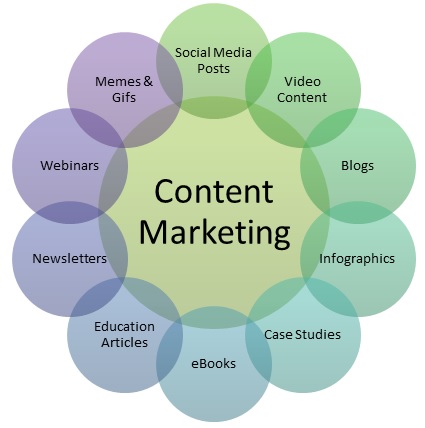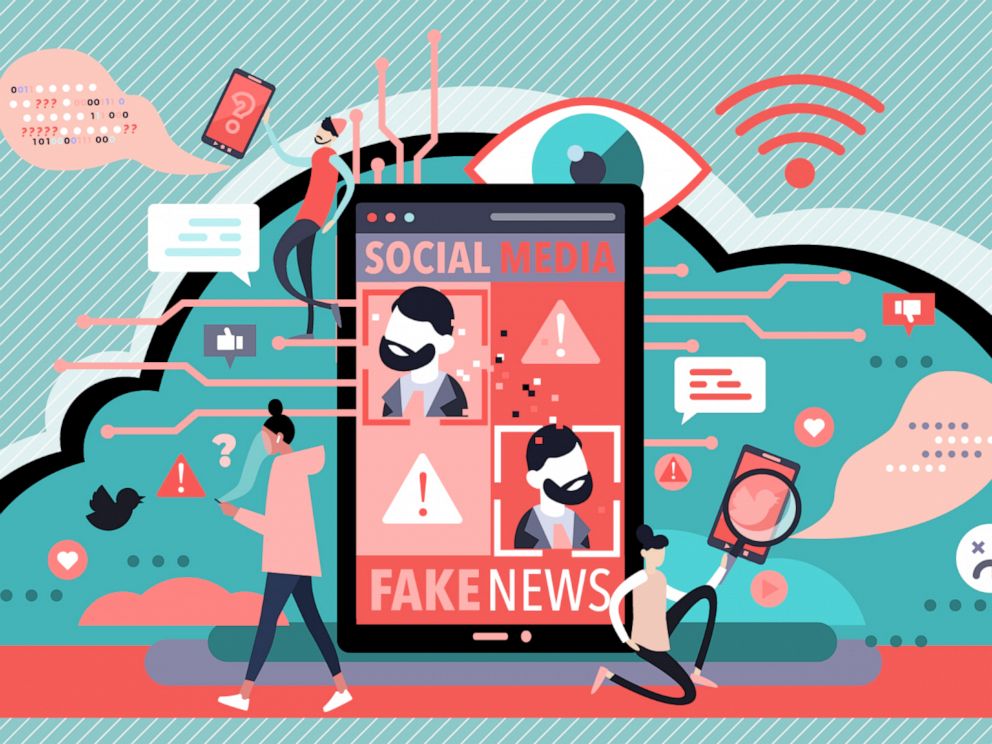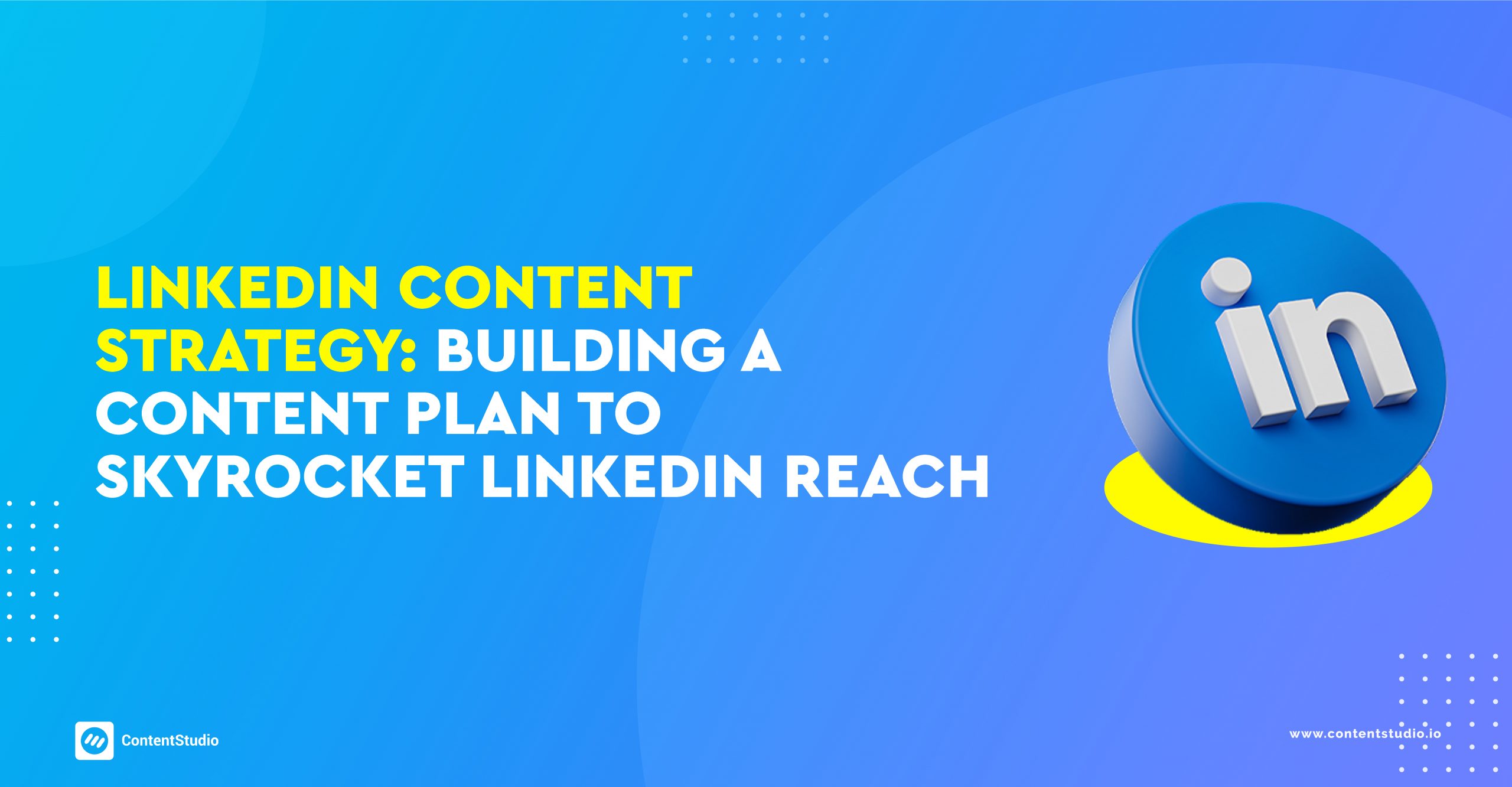
Whether you want to increase your Facebook page likes or get a more engaged following, you can boost your business with a variety of Facebook marketing strategies. These include Pinned post, Cover photos, Status updates and Status updates. Download my seven-step detailed guide to Facebook Marketing to help you get started. It is the ultimate guidebook to Facebook marketing success. Here are some great tips to help you get started.
Video ads
Facebook video ads can be a powerful way to increase conversions. If done well, video ads will connect with your target audience emotionally and expertly. This will provide you with the information that they need to convert. Facebook has recently updated its rules for these ads. Here are some suggestions for creating your Facebook Video Ad. Make sure the opener is engaging! You should include a surprise or surprising fact in your opener. To see the best examples of how businesses have made use of Facebook video advertising, be sure to visit the gallery.
First, you must determine your target audience. The time that you would like to reach your audience is important. Some people prefer entertainment over sensible content. Senior citizens prefer funny or humorous videos. To make the most entertaining and engaging content possible, you must identify your target audience. You should tailor your video for the specific time of day you are targeting. It is also important that you target specific audiences using custom audiences.
Pinned posts
Pinned posts are an excellent way to increase exposure for your Facebook marketing efforts. Unlike updates they remain at the top unless unpinned. Then, posts follow in order below the pinned post. However, pinned posts can be used for more than updates. Here are some reasons. Below are some examples of when to use pinned post.

Pinned posts have a number of benefits. People tend to interact naturally with them. They are likely to seek out a business that consistently displays its brand identity. One way to achieve this is to run a competition and recognize the winners. Pinned posts can be a great way to attract new customers by offering them benefits. These posts can be used by you to highlight your user’s work. This will allow you to inspire more spontaneous engagement with the brand.
Status posts
Status updates are the best Facebook marketing content. Status updates can be shared with all your friends or a selected group of people. Many people tag others in photos or messages. This creates an alert for the people who have been tagged. Friends can comment, like and share status updates. To restrict access to your posts to only certain friends, you can modify your account privacy settings. There are many types of status updates available that you can use for business.
A preview image will be generated when you type your URL into the box. You should use square images with at least 476 pixels width. The Meta Description and Page Title should be included in the text box below the image. The Image ratio must be between 1.75 and 1.9. It should be large enough that there is still some space around the image. Below are some tips to help you use the status posts on Facebook for marketing.
Cover photos
Facebook cover photos are essential for many reasons. You don't need to worry about text restrictions and unlimited space with cover photos. Simplicity is key to creating a Facebook cover photo that's memorable. You should focus on a single message. For example, Apple uses a simple cover photo that communicates its message far better than most others. Even though Apple does not use much social media, its branding still stands apart on Facebook.
A clear focal point and a matching color scheme are the best cover photos for Facebook marketing. A Facebook cover photo that conveys professionalism while also sparking curiosity is a great choice. While selecting a cover photo, ensure that the image is the right size. Software such as Landscape by Sprout can be used to resize Facebook covers photos. The software makes it easy to change the size and resolution of your cover photo.
Inbound strategy

An inbound strategy for Facebook marketing is a smart way to maximize your marketing efforts. Inbound marketing is essential to your success as more people turn to the internet to find help. You can reach potential customers with the right content and strategy. This will result in sales and positive brand associations. This strategy involves proper tracking of visitors to the site. This allows you to target your ads at pre-qualified audiences.
An effective inbound strategy for Facebook marketing includes creating useful content and communicating directly to potential customers. It is important to develop a genuine relationship with your target market. Your goal is to establish a personal relationship with your target audience and offer a value-added service. Be friendly and helpful. You don’t want to confuse them or trick their heads into buying from them. You need to be patient and committed in order to develop an inbound strategy that works.
Placement
There are many choices when it comes time to place your Facebook ads. You can choose the place of your ad depending on your objectives (such as lead generation, conversion). Facebook offers many creative options, including text, images, videos and video. For help with placing your ad on Facebook, see the Facebook help section. Here are some common placements of Facebook ads.
The news feed on a mobile device shows ads next to the most relevant Facebook search results or Marketplace results. Message ads may be used to direct offers to people. They must also have a specific Message goal. Messenger sponsored messages will appear as messages to those who have been in conversation with you. By engaging with other publishers, your ads can be placed in the news feed. While there are limited options for placement, these ads can be an effective tool to reach your audience.
FAQ
What are the different content strategies?
Content strategy is a general term that describes all aspects of how content is created, managed, distributed, measured, and optimized for digital channels. It includes what you share on social media platforms like Facebook and Twitter as well as what you highlight on websites, blogs, and other online properties.
Content strategy is important because it defines how you decide where you focus your time and effort, which content types you should use, and what type of messages you send to your audiences.
Understanding the role of content in the overall business goals is crucial to help you realize them.
Is content-marketing easy to measure?
Yes! Measuring results is part of the process. This allows you to evaluate whether your efforts were successful, and if you need changes.
You can track visitors coming from many sources (email, social media and paid advertising) and track conversions like sales leads, purchases, and organic searches.
These metrics allow you to see which content is performing well and where your greatest opportunities are.
How much should content marketing cost?
That depends on how many leads you want to generate. The average cost per lead ranges from $5-$10, depending on the industry. As an example, 20 dollars per lead was the cost of our first business. Now we spend $6-7 per leads.
Statistics
- In fact, would pay more for a better customer experience, and 86% of B2B buyers would pay more. (neilpatel.com)
- Content marketing produces 3X more leads per dollar spent. Content marketing costs 62% less than traditional marketing. (criteo.com)
- Forty-seven percent of buyers view 3 to 5 pieces of content before engaging with a sales representative. (mailchimp.com)
- We found that 40% of businesses don't have a documented strategy yet. (semrush.com)
- According to our research, brand awareness, attracting traffic, and generating leads remain the key content marketing goals in 2022. (semrush.com)
- Out of the 1,500 marketers we surveyed for our State of Content Marketing report, 78% who felt their content marketing strategy was exceptionally effective in 2021 had documented their strategy. (semrush.com)
- Measure your goals with a progress indicator of 0-100%. Make your goals collaborative and transparent (semrush.com)
- Progress indicators (0–100%) allow each team member to see how attainable each goal is and understand what remains to be accomplished. (semrush.com)
External Links
How To
Infographic Creation Tips for Content Marketing
Infographics are an effective way to explain complicated concepts clearly and make information understandable. You should use infographics to spread the message about content marketing.
To create an infographic using design software such Adobe Illustrator, Photoshop or other similar programs, you will need Adobe Illustrator. These programs can be used to create different shapes and elements that represent your data. Then, you can add colors and fonts to make it look great. After your design is complete, you can upload images from Unsplash and Pixabay to your design.
Online infographics can be a great source of inspiration. To show how many calories certain foods have, you can use a picture of a pyramid to illustrate this. You could also replace the numbers with images of the food. You could also look at the sugar content of soda pop, and then take a photo of a Coke bottle.
Once you have created your infographic it is possible to share it via social media channels like Facebook, Twitter and Google+. This allows people who don’t know much about the topic to find out more. Include hashtags if you plan to share your infographic via social media platforms. This will allow others to see what you're talking. You can use hashtags to allow others to follow your conversations about specific topics.
An infographic is a shorter version of a blog post. A blog post may be 2000-5000 words long. An infographic requires only 500-1000 words. This allows you to convey more information in a smaller space.
Keep in mind that viewers may have difficulty reading small fonts when creating your infographic. It is important to use large fonts and avoid relying too heavily on colors when designing your infographic. Also, make sure that all your text is legible.
Here are some more tips
-
Select an Infographic Template. Many templates are available in both printable and online formats. Canva, Piktochart or Google Slides are three of the most well-known templates.
-
Your Infographic is ready. Use the template to create your infographic. You can use any type of media that is appropriate for your audience. An example of this is a infographic that shows the best restaurants in Seattle.
-
Add Text. Add text after you've created your infographic.
-
Add Images. You can also add images to your infographic. These images could be photos, charts, graphs or icons. If you want to add a picture, make sure it's relevant to your topic.
-
Make it interactive. You can add interactive elements, such as maps, buttons, and links. This will help engage your audience.
-
Share. Share your infographic when you are done.
-
Measure. Your infographic's performance. Did they click through to your site? Are they signing up for your email newsletter? What was their reaction when you showed them your infographic
-
Improve. Do you have any suggestions for improving your infographics? Do you think your infographic could be better?
-
Repeat. Do it again.